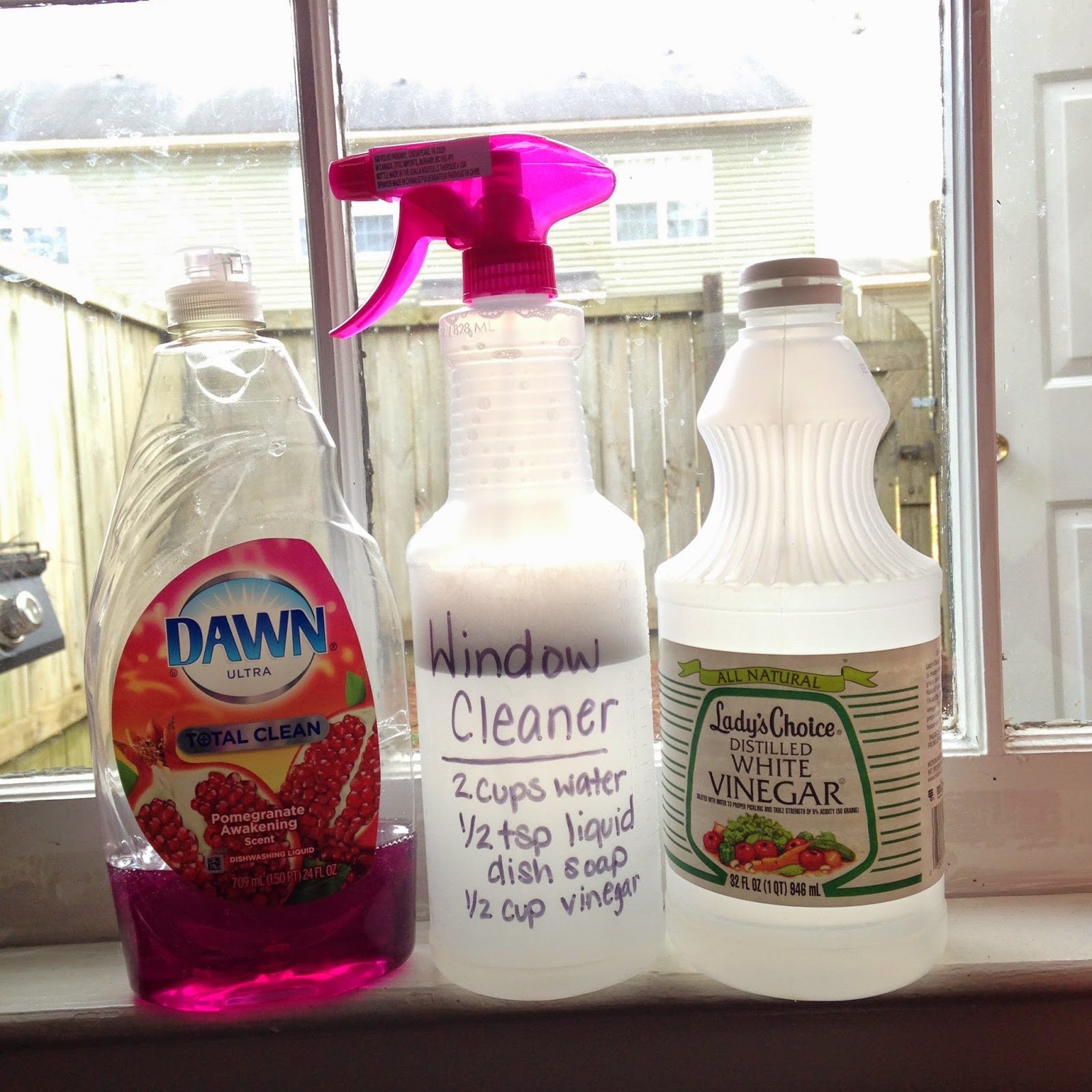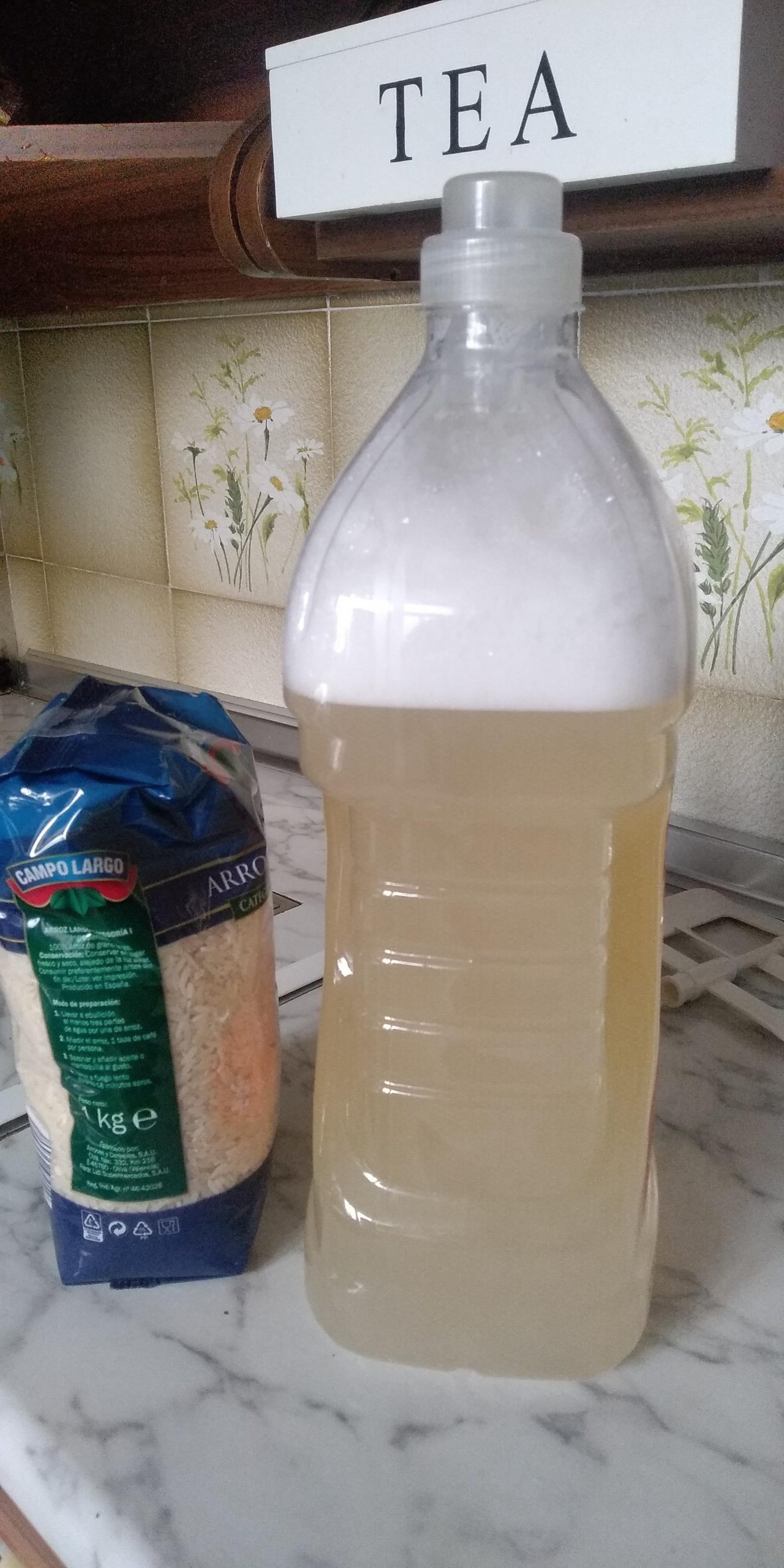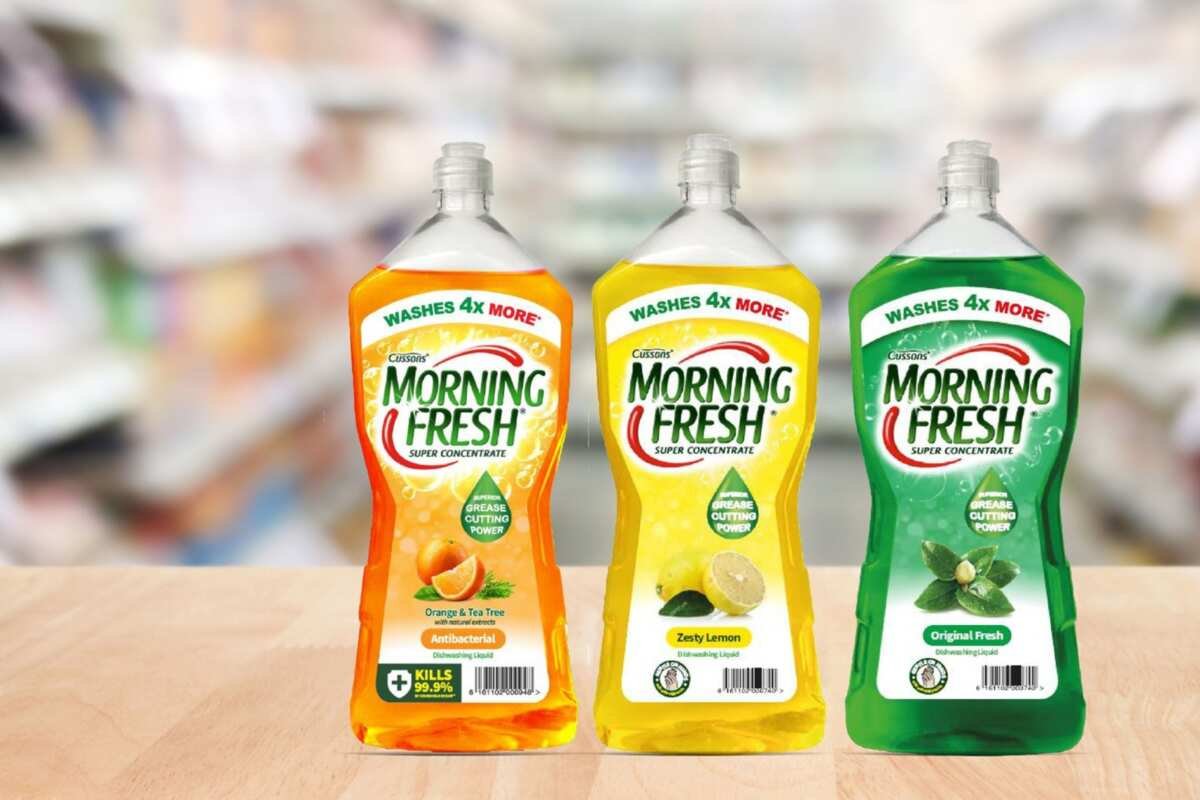Welcome to “**How to Make Homemade Washing Liquid: A Comprehensive Guide**”. In this guide, we will embark on a journey to create homemade washing liquid that is not only effective but also economical and eco-friendly. We will delve into the world of ingredients, techniques, and potential pitfalls to equip you with the knowledge and confidence to craft your own washing liquid. Whether you’re a seasoned homemaking enthusiast or a novice yearning to embrace a more sustainable lifestyle, this guide will empower you to tackle laundry day with ease and ingenuity.
Key Takeaways:
- Cost-Effective: Creating homemade washing liquid can save you money compared to store-bought detergents.
- Eco-Friendly: Homemade washing liquid is free of harsh chemicals and gentle on the environment.
- Simple Ingredients: Just a few ingredients are needed: castile soap, distilled water, and optional lemon juice.
- Easy Steps: The process involves combining the ingredients, transferring the mixture to a bottle, and optional addition of lemon juice for freshness.
- Versatile Use: Homemade washing liquid is suitable for both hand and machine washing.
How to Make Homemade Washing Liquid

Having a stash of homemade washing liquid on hand is an amazing way to save money and reduce your environmental impact. The process is super simple, and I’ll walk you through it step-by-step.
Ingredients:
- 1 cup castile soap
- 2 cups distilled water
- 1/4 cup lemon juice (optional)
Steps:
-
Combine ingredients: In a large bowl, whisk together castile soap, distilled water, and lemon juice (if using).
-
Pour into a bottle: Transfer the mixture to a glass or plastic bottle.
-
Shake it up: Seal the bottle and shake it vigorously to combine everything.
Tips:
- Castile soap is a natural plant-based soap. You can find it in most health food stores.
- Use distilled water to prevent mineral buildup in your washing machine.
- Lemon juice is optional, but it gives your washing liquid a fresh scent.
- You can store your homemade washing liquid at room temperature for up to 6 months.
Enjoy your homemade washing liquid! It’s a great way to save money and reduce waste.
Looking for a way to pamper your skin without breaking the bank? Check out our easy-to-follow guide on how to make homemade lotion. It’s a great way to get soft, smooth skin without spending a fortune on expensive products.
Tired of spending too much on laundry detergent? Learn how to make homemade powder laundry soap that is not only cost-effective but also gentle on your clothes and the environment.
If you’re looking for a refreshing way to cool down, try making your how to make ice bath at home. It’s a great way to soothe sore muscles and reduce inflammation.
Natural Stain Removal Techniques

Key Takeaways:
– Homemade stain removers are an effective, eco-friendly alternative to commercial products.
– Natural stain removers can be made with readily available ingredients like hydrogen peroxide, vinegar, baking soda, and lemon.
– For stubborn stains, a paste of borax and water can be applied as a pre-wash treatment.
Ingredients You’ll Need:
- Hydrogen peroxide
- Vinegar
- Baking soda
- Lemon
- Vegetable glycerin
- Liquid castile soap
- Borax
How to Make Your Own Natural Stain Remover Spray:
- Combine equal parts vegetable glycerin and water in a spray bottle.
- Add a few drops of liquid castile soap for cleaning power.
- Add a few drops of hydrogen peroxide for its bleaching properties.
- Add a few drops of lemon essential oil for its fresh scent.
- Shake vigorously to combine all ingredients.
For Stubborn Stains:
- Create a paste by mixing 1 tablespoon of borax with 2 tablespoons of water.
- Apply the paste to the stain and let it sit for 30 minutes.
- Wash the garment as usual after the soaking period.
Tips:
- Always test any stain remover on an inconspicuous area first to ensure it doesn’t damage the fabric.
- If the stain is fresh, blot it with a clean cloth to absorb as much as possible before applying a stain remover.
- Avoid rubbing the stain, as this can spread it or cause it to set in deeper.
- Rinse the stained area thoroughly with water after using any stain remover to prevent damage.
Sources:
The Spruce: How to Make a Homemade Laundry Stain Remover That Really Works
Live Simply: DIY Homemade Stain Remover (That Actually Works)
Customizing Scents and Aromas
Infusing your homemade washing liquid with alluring scents is not only a treat for your laundry but also for your senses. You can tailor your washing liquid to evoke a specific mood or ambiance, creating a personalized laundry experience that leaves your clothes not just clean but also enveloped in a delightful fragrance.
Key Takeaways:
- Essential oils offer a wide range of aromatic options to enhance your homemade washing liquid.
- Lavender, lemon, and tea tree oil are popular choices for their calming, refreshing, and antibacterial properties, respectively.
- Experiment with different blends of essential oils to create unique and captivating scents.
- Add essential oils sparingly, as a little goes a long way in imparting a pleasant aroma.
- Always test your customized washing liquid on a small area of fabric before using it on a full load to ensure it doesn’t cause any discoloration or irritation.
Steps for Customizing Scents and Aromas:
- Choose essential oils that align with your desired scent and desired properties.
- Add a few drops (5-10) of essential oil per gallon of washing liquid.
- Mix the essential oil into the washing liquid by shaking it thoroughly.
- Test the scented washing liquid on a small area of fabric before using it on a full load.
- Enjoy your personalized laundry experience infused with your favorite scents!
Citation:
- Make Your Own Laundry Detergent with Scents Like Tide and All Surf
- 9 Best Homemade Laundry Detergent Recipes and Ideas
Storage and Usage Tips
When it comes to storing your homemade washing liquid, use a glass or plastic bottle that can be easily sealed. Make sure to keep it away from direct sunlight and heat to preserve its quality and prevent degradation.
Storage Tips:
- Keep the bottle tightly sealed.
- Store in a dry and cool place such as the pantry, cabinet, or under the sink.
- Avoid extreme temperatures, so don’t put it near a stove or in a drafty area.
Usage Tips:
- Use about 1/2 cup of the liquid per load.
- If the water in your area is particularly hard, you may need to use a little more.
- For heavily soiled items, pre-treat stains before washing.
- Use a mesh bag for delicates or items that might snag.
Key Takeaways:
- Store homemade washing liquid in a sealed bottle.
- Choose a cool and dry location for storage.
- Use 1/2 cup of liquid per wash load.
- Pre-treat heavily soiled items before washing.
Relevant URL Sources:
- Homemade Dishwashing Liquid – Green Eco Friend
- How to Make Dishwashing Liquid at Home: A Simple Guide
FAQ
Q1: What are the essential ingredients for making homemade washing liquid?
Q2: What are the optional ingredients that can be added to homemade washing liquid?
Q3: What type of water should be used when making homemade washing liquid?
Q4: What is the best way to store homemade washing liquid?
Q5: How long does homemade washing liquid last?
- Pontoon Boat Seat Covers: The Ultimate Guide to Protection & Buying - April 17, 2025
- Covers for Pipework: A Complete Guide to Materials, Installation & More - April 17, 2025
- Dog Patio Door Inserts: A Comprehensive Guide to Choosing & Installing - April 17, 2025










